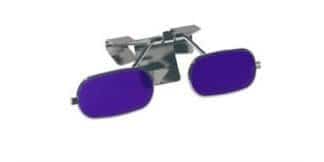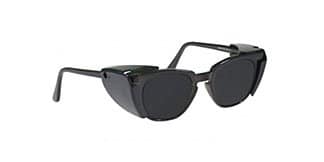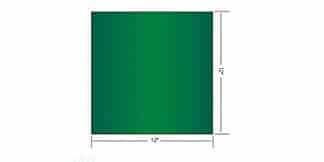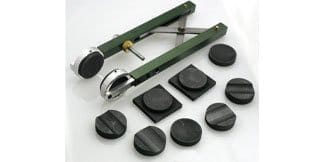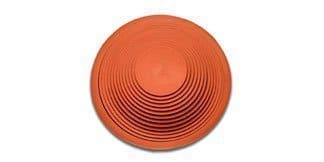It is a common misconception that all lens materials are the same. In this section we will look at the Differences Between Lens Materials for Safety Glasses and what type of material you should be considering for your order.
Differences Between Lens Materials for Safety Glasses
When you are ordering prescription glasses online or via the telephone, it can be a little confusing to decide what lens material to get, especially if you’re not familiar with what makes them different from each other. The material’s index, scratch resistance, impact resistance, and availability in different colours and prescription types all make a difference when choosing a lens material.
It is most useful to consider what you are going to be using your prescription glasses for when choosing a lens material. Will they be used as everyday glasses? Are you looking for prescription sunglasses? Do you need prescription safety glasses or motorcycle sunglasses? Each will make a difference in what lens material is best for you.
Here are what make lens materials different from each other:
First, it is important to know what the index of a lens means. The higher a lens’s index is, the more efficient it is at bending light. This means that higher indexes are capable of accommodating the same prescription in a thinner lens. Higher indexes also generally have more optical distortion.

Types of lens materials
Standard plastic
This material type has a low index but is fairly scratch resistant. It is available in any colour or prescription type and can be made in any prescription. Because its index is low, it gets very thick in strong prescriptions.
High index plastic
As its name implies, has a higher index than other plastics or polycarbonate. It is thinner than plastic or polycarbonate in high prescriptions, though it is not as optically clear than plastic. It is not available in all lens colours and prescription type combinations.
Polycarbonate
This lens material is the most impact resistant and least scratch resistant lens material. Its index is between that of plastic and high index plastic, as is its optical clarity. Polycarbonate is best for safety glasses such as motorcycle glasses. It is available in just about all lens colours and prescription types.
Glass
Well known as the most scratch resistant yet the most brittle lens material. It has high optical clarity but is much heavier than any plastic material. It is available in most lens colours and prescription types, though it is not good for many wraparound frame types and cannot be done with a drill-mounted frame.
High index glass
This option shares many qualities of standard glass except that its optical clarity is worst of all the lens materials. It is also the most brittle material and very easy to break. Its best quality is that it is the thinnest lens material available, though the trade-off between thickness and optical clarity is so uneven that it is not a popular material. It is also not available in most lens colours and prescription types other than clear single vision and progressive.
Where Should I Start?
Choosing your lens material is a good starting point when shopping for prescription glasses. Once you’ve decided on a material, your other lens choices may be somewhat narrowed, so it will be easier to decide the rest of your lens options. Consider the Differences Between Lens Materials for Safety Glasses when you are placing your order.
We recommend plastic, polycarbonate, and high index plastic for most prescription glasses ordered on our web site.
Plastic is best for weaker prescriptions (between -3.00 and +3.00), polycarbonate is best for moderate to weak prescriptions (between -5.00 and +4.00) and high index plastic is best for stronger prescriptions (especially if you are ordering clear lenses).
You might also want to read our sections below for more information
Lens Colours
How to Read Your Prescription

